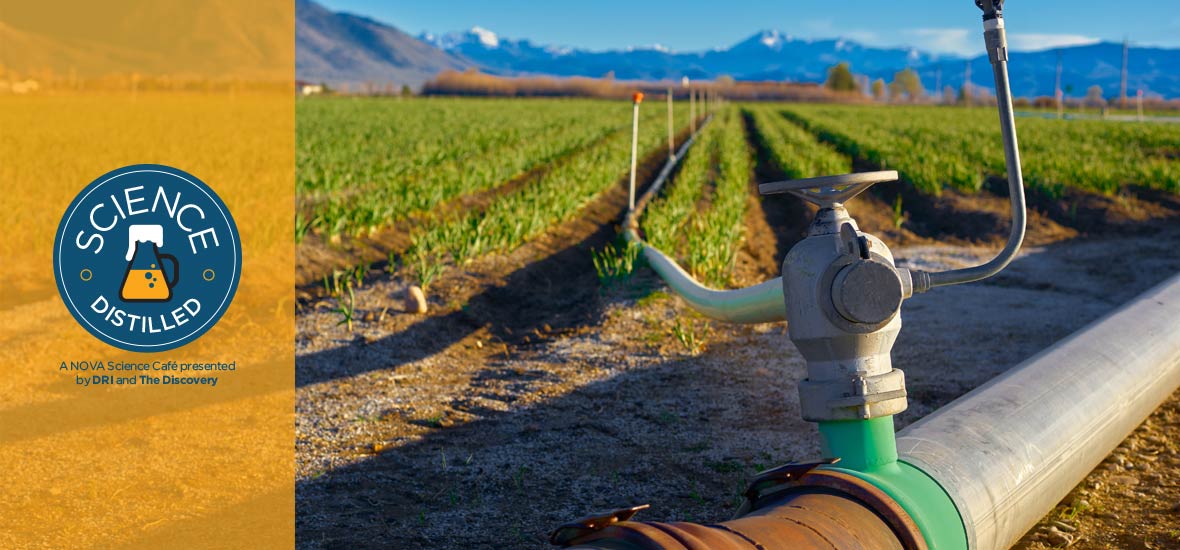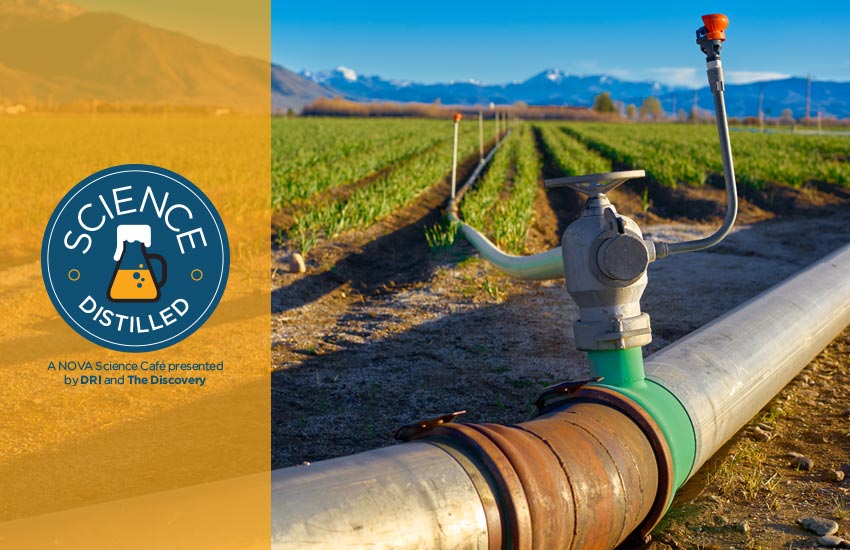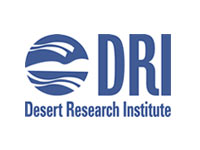Imagine standing at your kitchen sink, looking out the window to expansive almond orchards and tomato fields. You turn on the tap for a glass of water, but you’re not sure if it’s safe to drink. If it’s contaminated by chemicals from pesticides and fertilizers, how will it be cleaned, and who will pay for it?
Rural communities are in just this dilemma, grappling with how to pay for treatment of underground water supplies contaminated by agrichemicals. At this installment of Science Distilled, our speakers will explore both the legal and scientific facets of this problem, considering how we find justice for damage to our shared water resources.
Todd Robins, an attorney specializing in environmental law, will describe the legal tools he’s used to help drinking water providers in California’s Central Valley recover the costs of treating contaminated groundwater from responsible parties. To determine how much liable parties must pay to treat contaminated water in these kinds of cases, however, it’s essential to know how long contamination will last, which is a question for hydrologists.
Hydrologist Rina Schumer, PhD, of the Desert Research Institute will explain the physics and chemistry of how contaminants move through groundwater from field to tap. She will describe the site-specific data and methods she uses to estimate how long pollution may persist in drinking water supplies.







